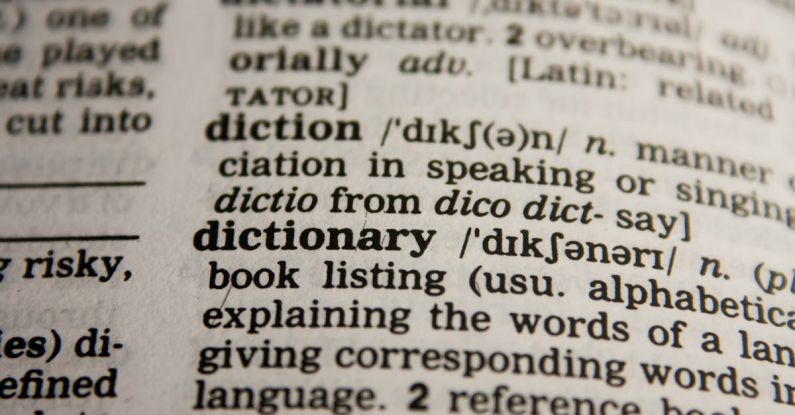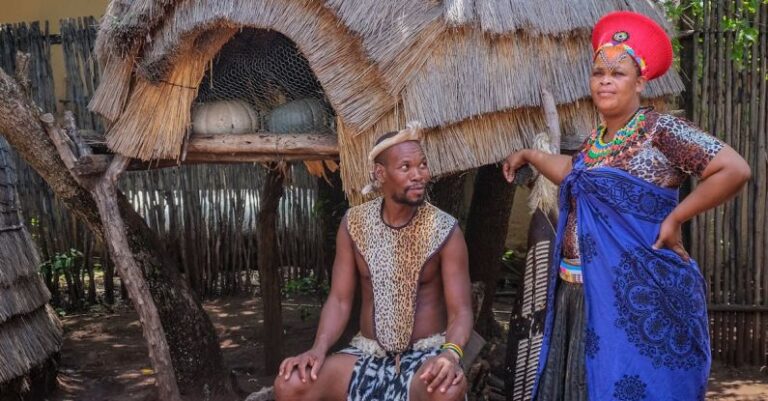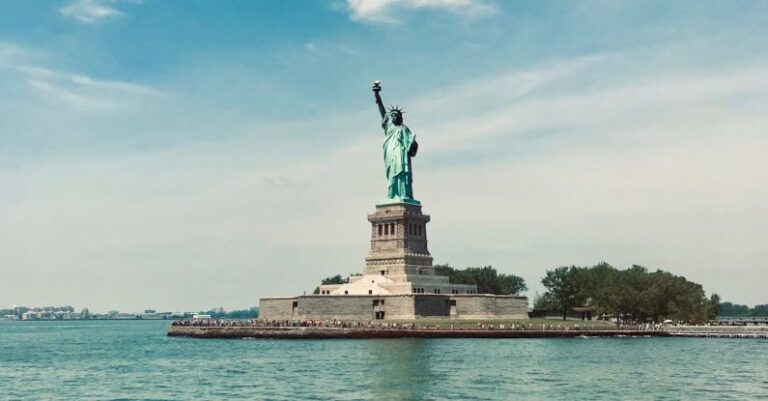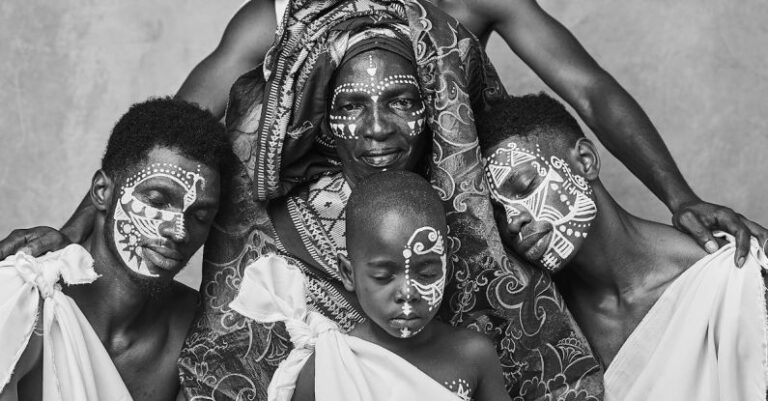
Every language is a unique vessel of culture, carrying within it the history, beliefs, and values of its speakers. The way we communicate not only reflects our cultural identity but also shapes it in profound ways. From the words we choose to the grammar we use, language plays a crucial role in defining who we are as individuals and as communities. In this article, we will explore how languages shape cultural identity and the intricate relationship between the two.
**The Power of Language in Shaping Identity**
Language is more than just a means of communication; it is a fundamental part of our identity. The words we use, the way we express ourselves, and the stories we tell all contribute to shaping who we are. Language serves as a bridge between the past and the present, linking us to our heritage and connecting us to our roots.
**The Influence of Language on Thought**
Language not only reflects our cultural identity but also influences the way we think and perceive the world around us. Different languages have different ways of expressing concepts and ideas, which can shape our perspective and understanding of reality. For example, the Inuit language has multiple words for snow, reflecting the importance of this element in their environment and daily lives. This intricate relationship between language and thought highlights the profound impact of language on our worldview.
**Preserving Cultural Heritage**
Languages are repositories of cultural heritage, preserving traditions, customs, and beliefs that have been passed down through generations. When a language is lost, a part of that cultural heritage is also lost forever. Efforts to revitalize and preserve endangered languages are essential in safeguarding the diversity of human cultures and ensuring the continuity of valuable knowledge and traditions.
**Language as a Tool of Resistance**
Language can also be a powerful tool of resistance against cultural assimilation and domination. In many parts of the world, indigenous communities use their languages as a form of resistance against colonialism and cultural erasure. By preserving and promoting their languages, these communities assert their identity and reclaim their cultural autonomy.
**Language and Social Identity**
Language plays a crucial role in shaping social identity, defining group boundaries, and fostering a sense of belonging. Dialects, accents, and linguistic features can signal membership in a particular social group and reinforce solidarity among its members. Language can unite people with shared experiences and values, creating a sense of community and belonging that transcends geographical boundaries.
**The Evolution of Language and Culture**
Languages are dynamic and constantly evolving, reflecting the changing needs and experiences of their speakers. As cultures interact and influence each other, languages also adapt and incorporate new words, expressions, and concepts. This dynamic interplay between language and culture enriches both, creating a tapestry of diversity and innovation.
**The Intersection of Language and Identity**
The intricate relationship between language and identity highlights the deep connection between how we communicate and who we are. Our languages shape our cultural identity, influencing our thoughts, beliefs, and relationships with others. By recognizing the power of language in shaping our sense of self and community, we can appreciate the richness and diversity of human cultures around the world.
**In Summary**
Languages are not just tools of communication; they are living embodiments of culture and identity. The way we speak, the words we choose, and the stories we tell all reflect and shape our cultural identity. By understanding the profound influence of language on our sense of self and community, we can appreciate the beauty and complexity of the diverse linguistic tapestry that surrounds us. Language is not just a means of expression; it is a window into the soul of a culture, revealing its history, values, and aspirations. As we navigate the intricate relationship between language and cultural identity, we can celebrate the richness and diversity of human languages and the communities they represent.





